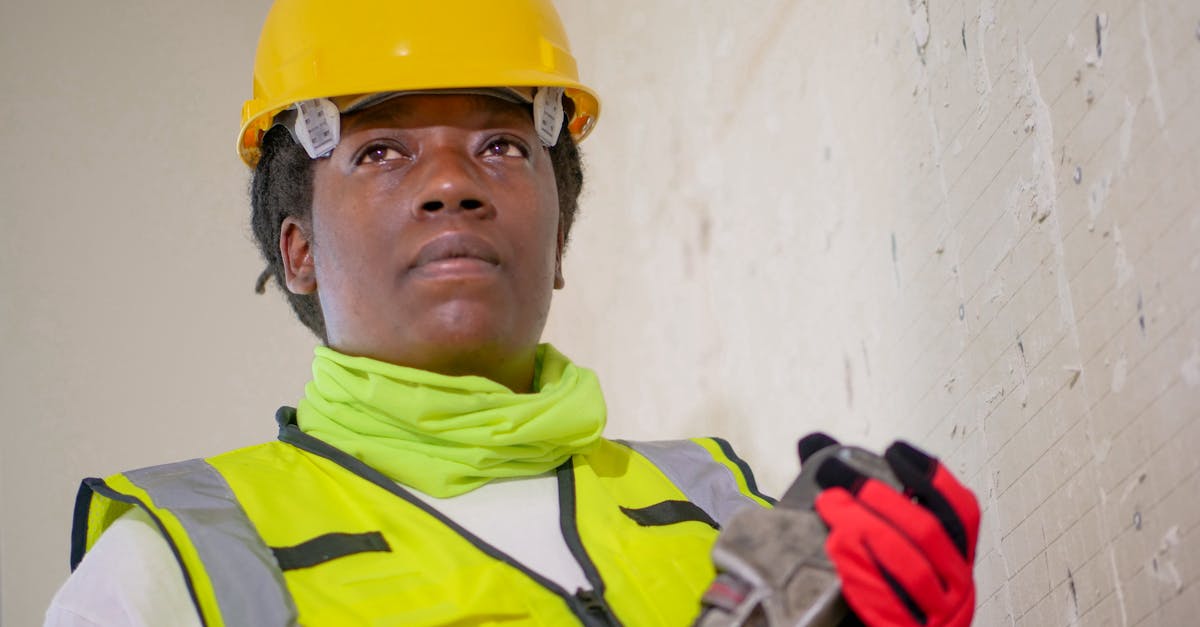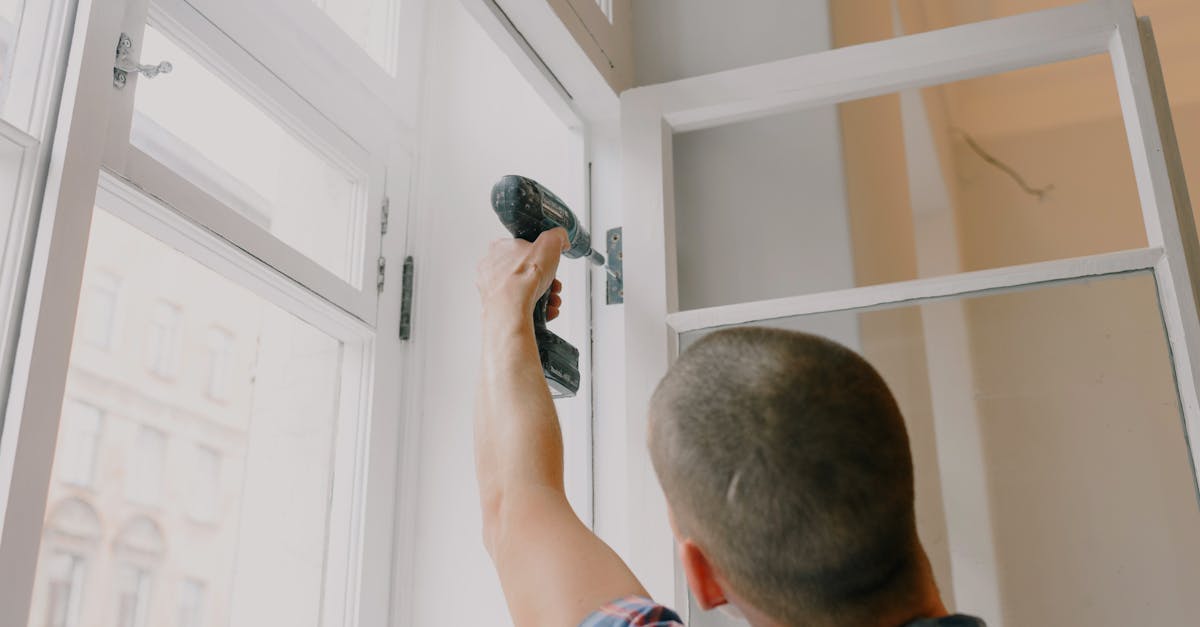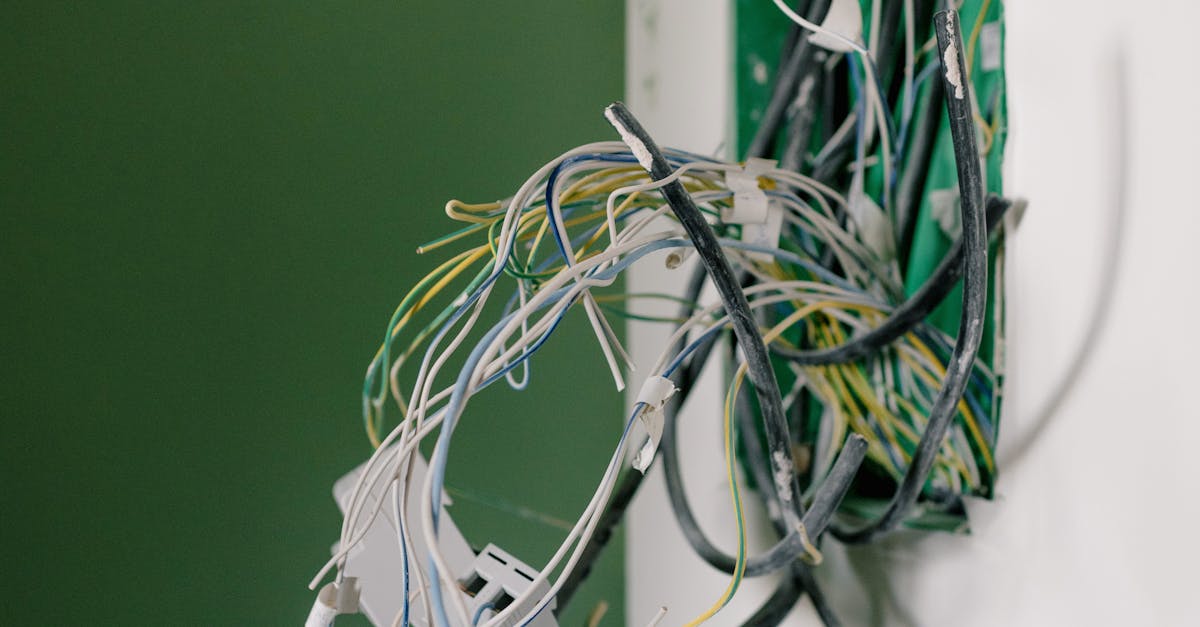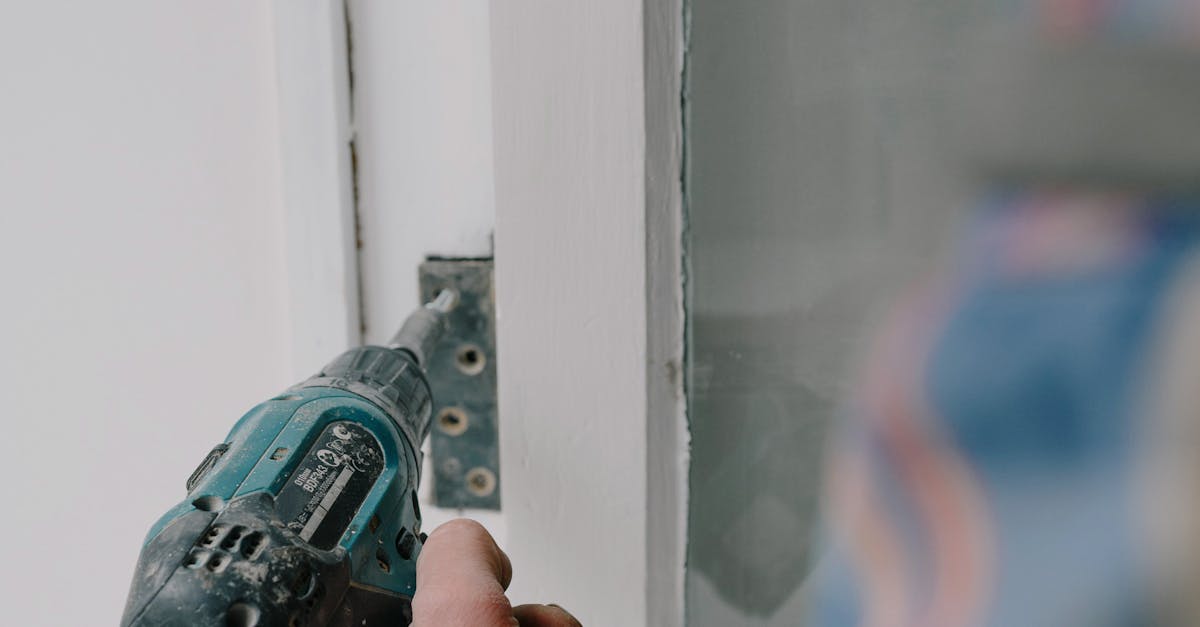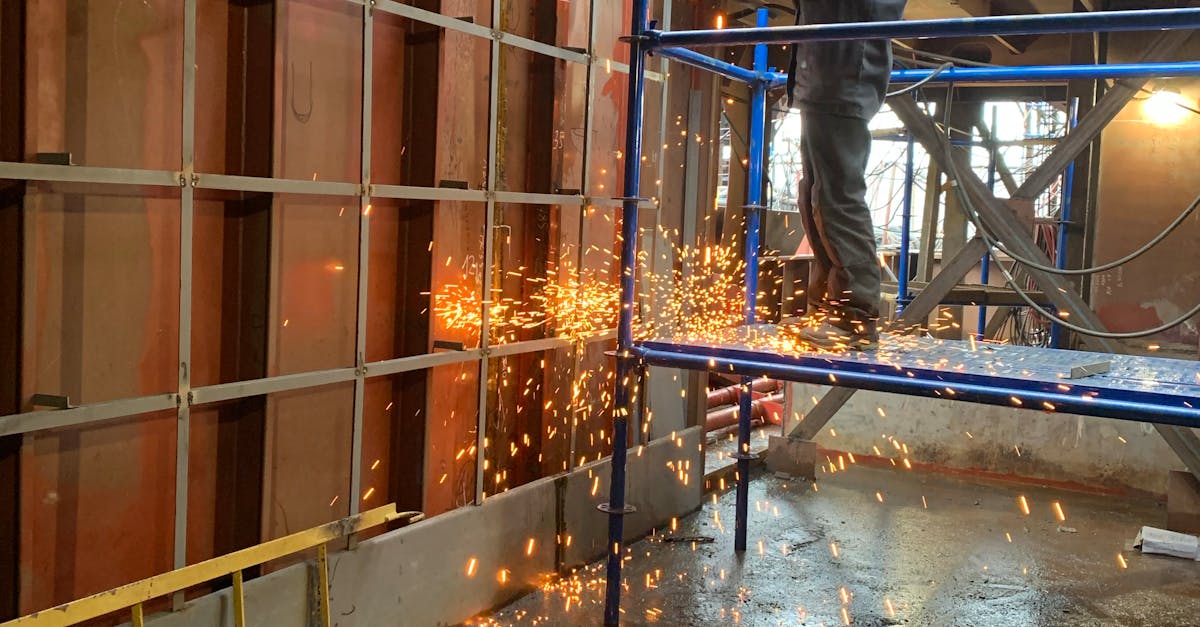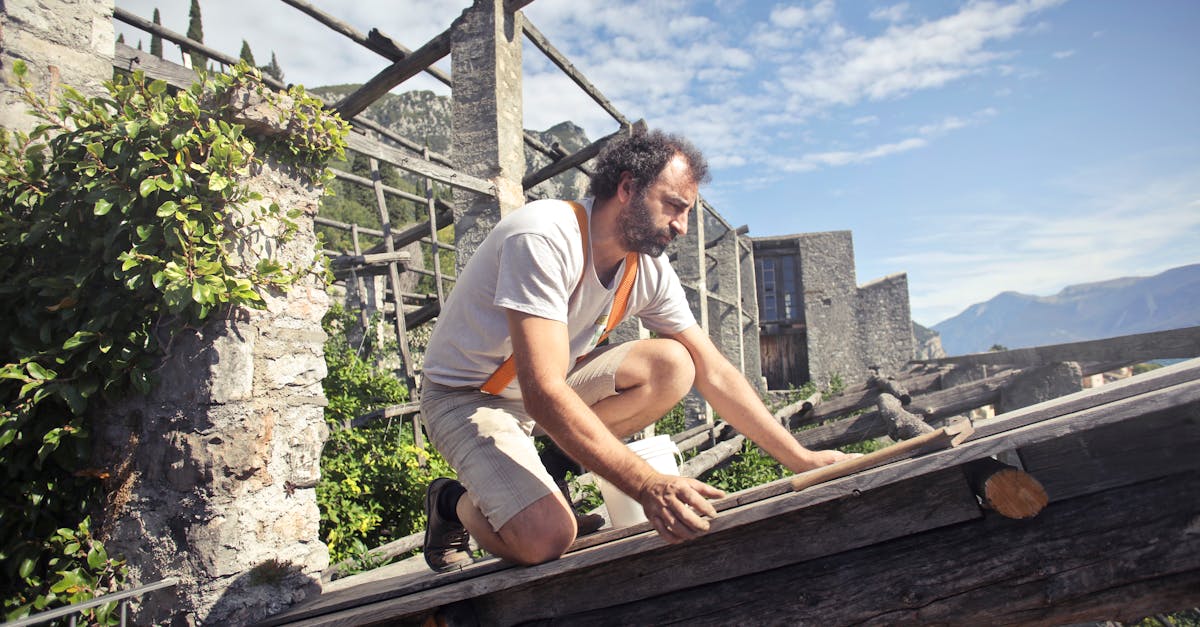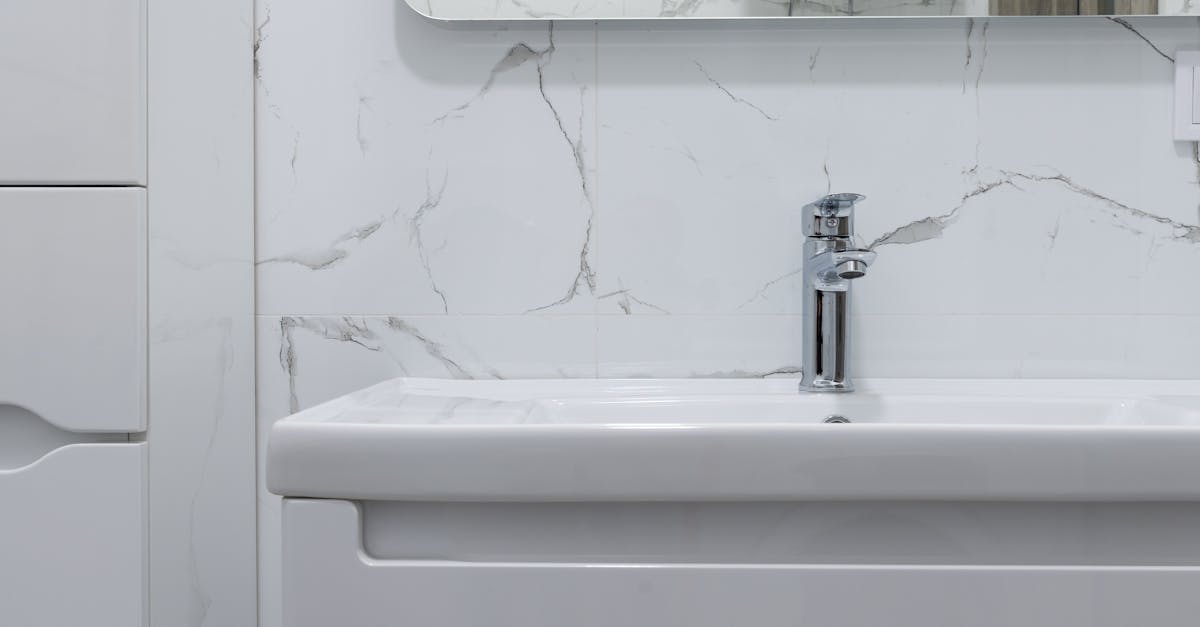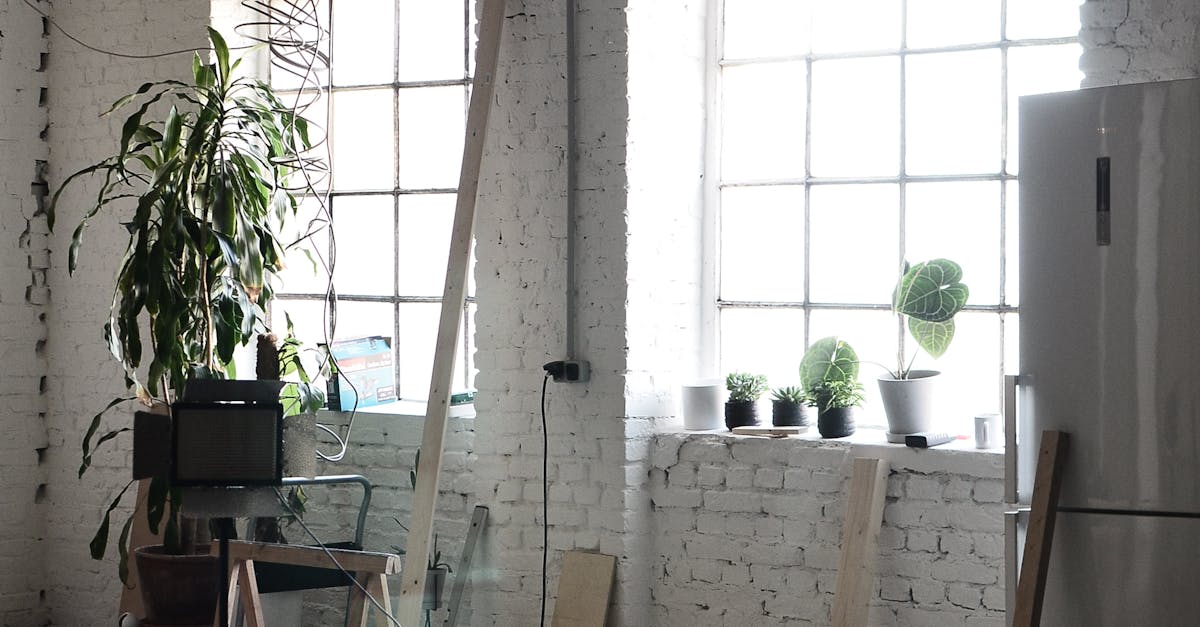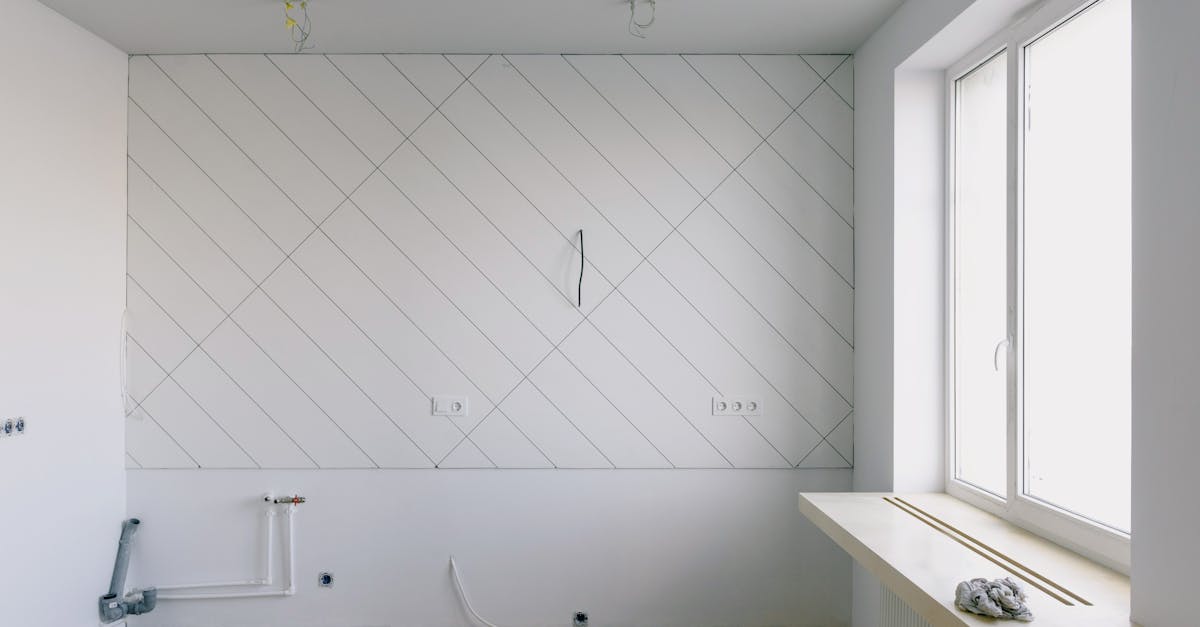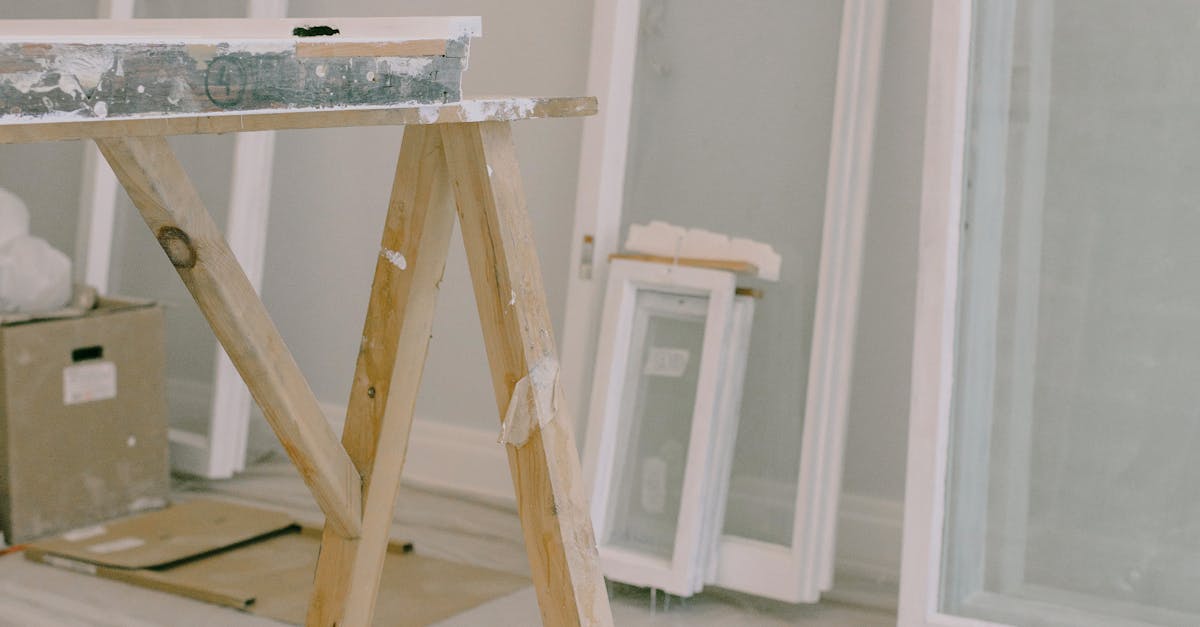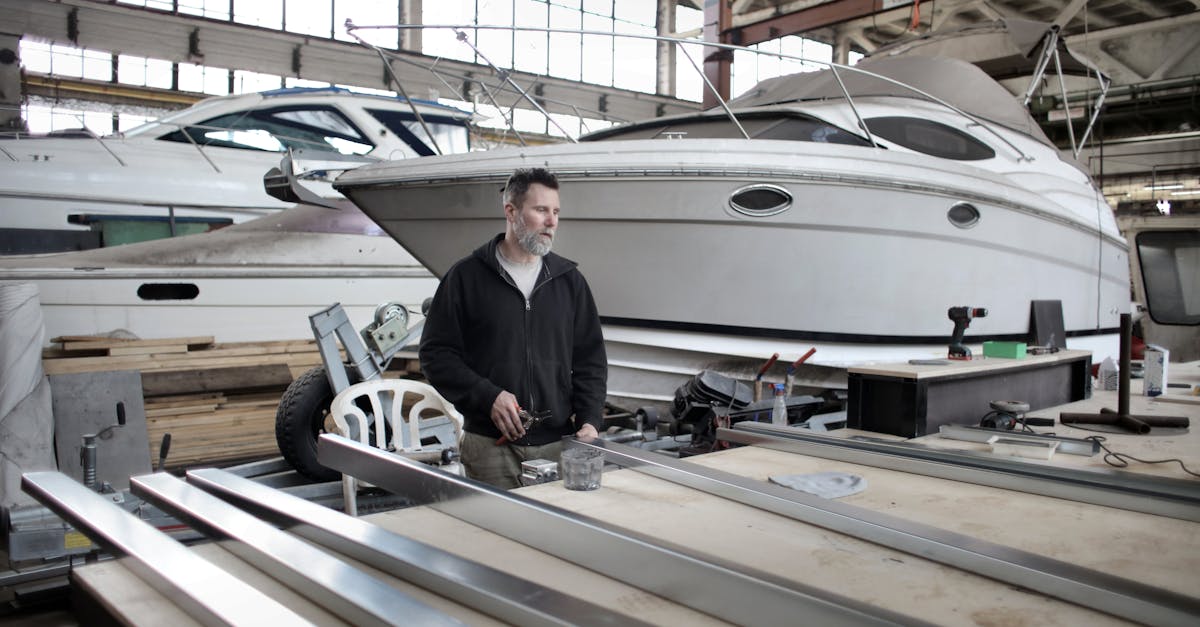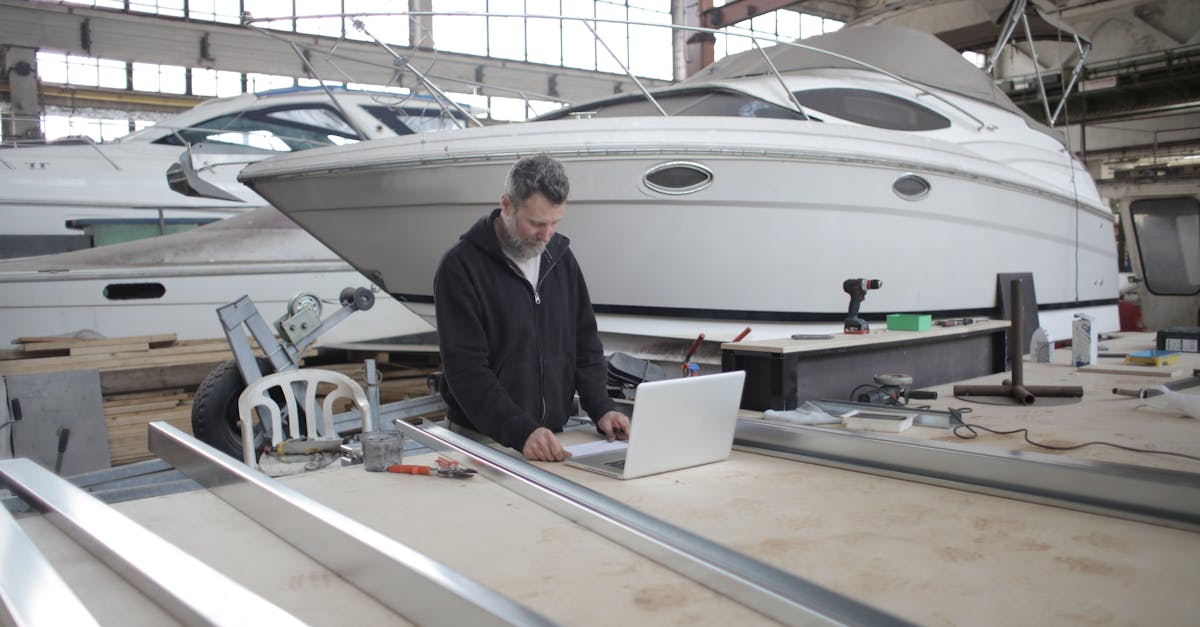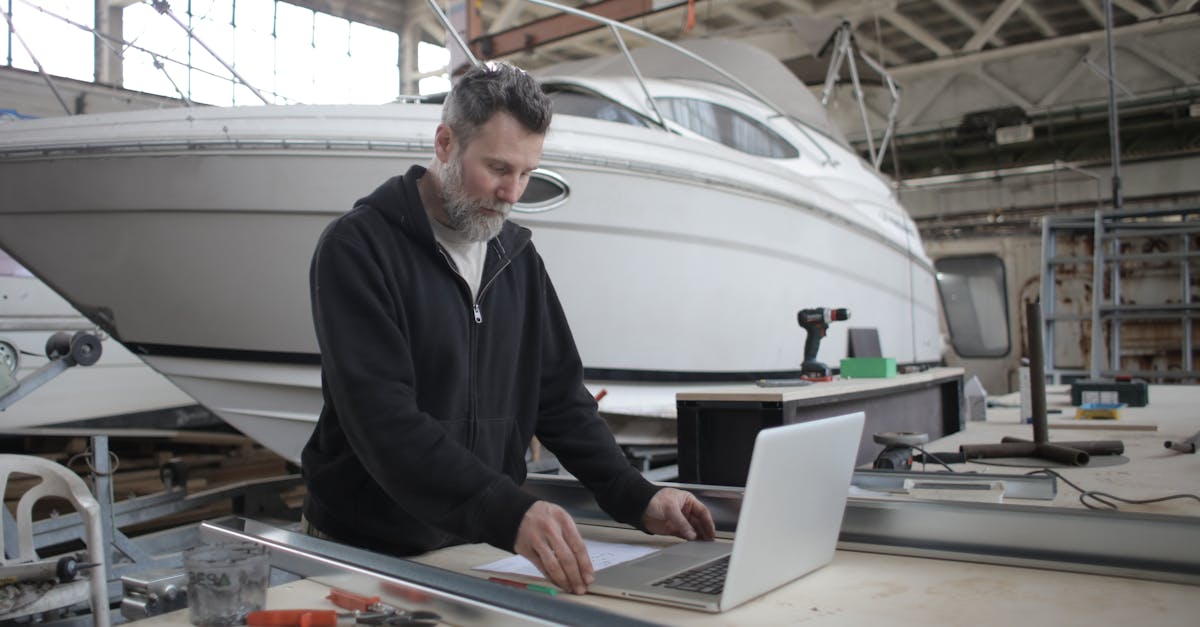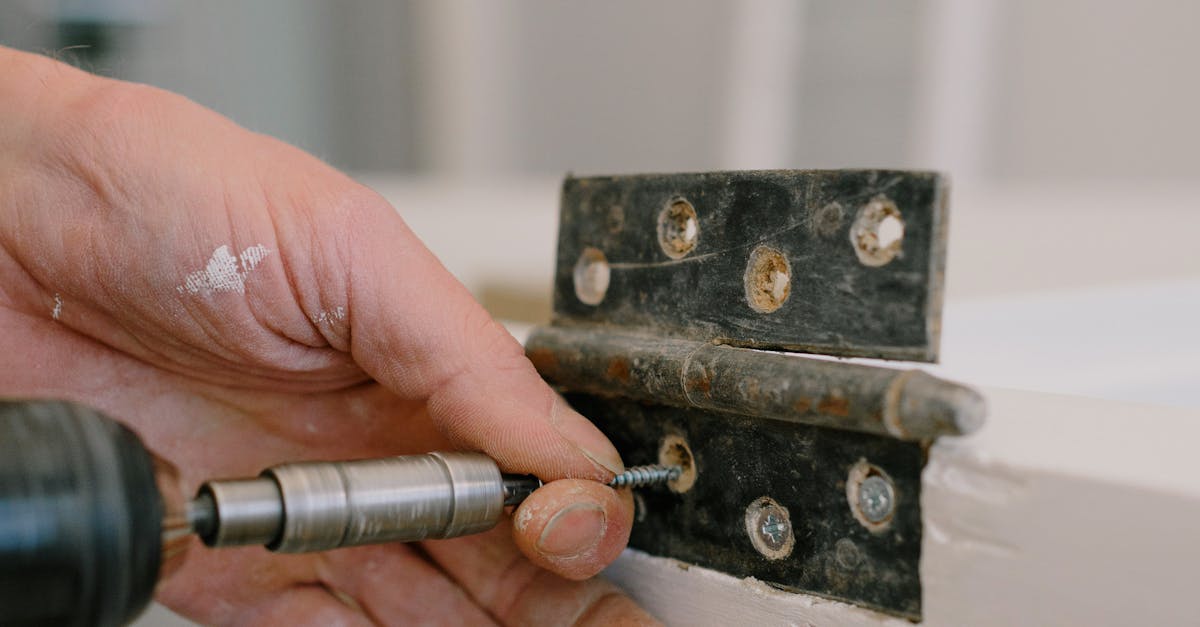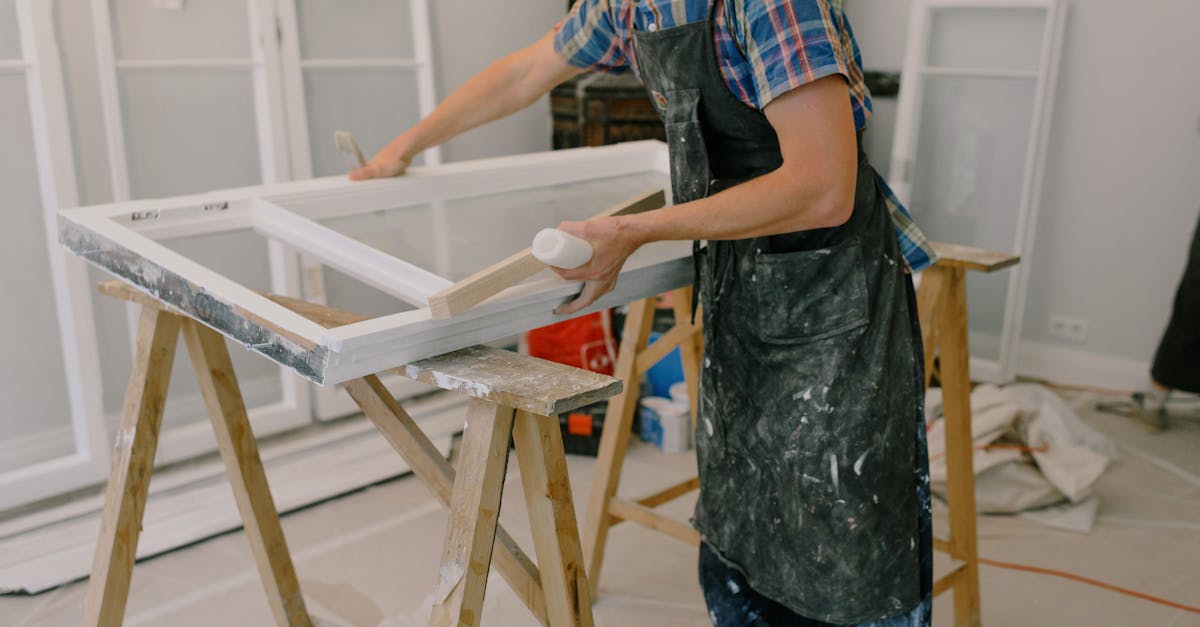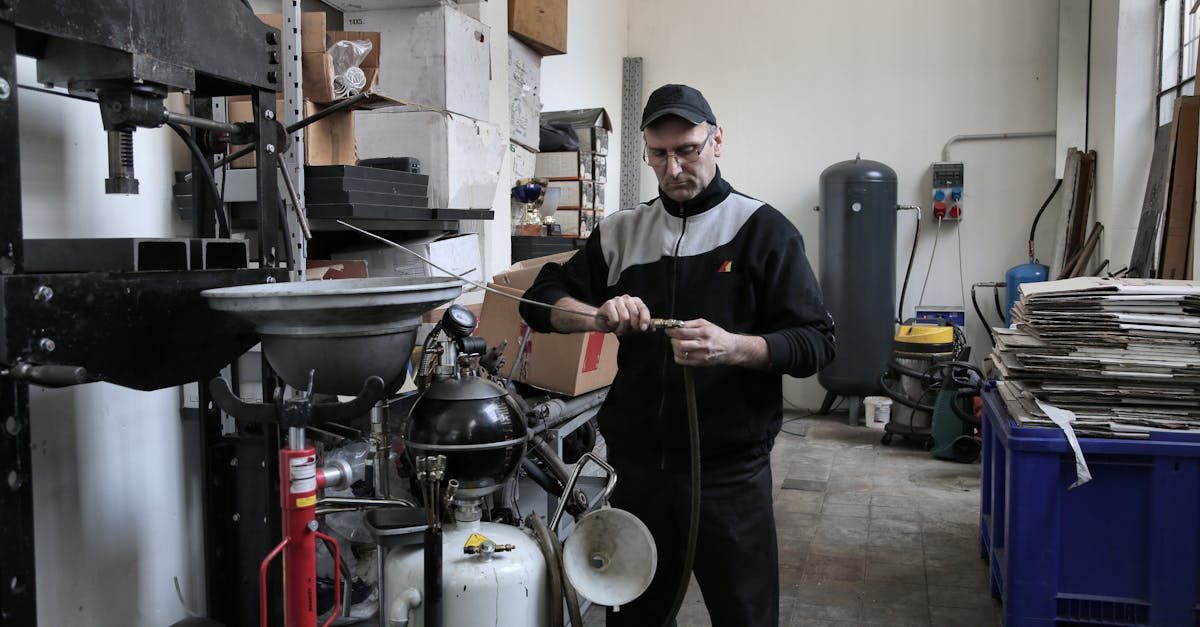
Table Of Contents
Examining the Pressure Relief Valve
The pressure relief valve is a crucial component of any electric water heater. It is designed to release excess pressure that may build up within the system, preventing potential explosions and damage. Regularly examining this valve ensures it functions effectively, safeguarding both the appliance and the surrounding area. Neglecting this check can lead to serious safety hazards, making it an essential part of maintenance.
During water heater installation and repair, it is important to inspect the pressure relief valve for any signs of wear and tear. Look for leaks around the valve and ensure it opens and closes properly. Testing the valve occasionally can help detect issues early, allowing for timely intervention. Keeping this valve in good working order contributes significantly to the overall safety and efficiency of the unit.
Testing the Valve to Prevent Failures
Regularly testing the pressure relief valve is essential to ensure the safe operation of your electric water heater. This valve plays a crucial role in regulating the pressure inside the tank. If the valve is malfunctioning or blocked, it can lead to dangerous pressure build-up. To test the valve, simply lift the lever at the top of the valve to release a small amount of water. If water flows freely and then stops when the lever is released, the valve is functioning properly. However, if water continues to flow or no water comes out, it may need attention from a professional.
For those unfamiliar with plumbing procedures, enlisting the help of an expert for water heater installation and repair is highly advisable. Experienced technicians can not only conduct thorough tests on the pressure relief valve but also identify other potential issues within your hot water system. Regular maintenance can prevent costly repairs and extend the lifespan of your appliance. Ensuring that the valve operates correctly is just one step in maintaining overall safety and efficiency.
Checking for Leaks
Regularly checking for leaks in your electric water heater is crucial to maintaining its efficiency and preventing costly water damage. Over time, wear and tear can lead to corrosion or loosening of connections, which may result in leaks. Inspecting around the heater for any signs of moisture can help you identify potential issues early. Pay attention to the area where pipes connect to the tank, as well as the base of the unit. Prompt action can often prevent a small issue from escalating into a larger, more expensive problem.
Identifying leak sources can be straightforward if you know what to look for. Common leak points include the pressure relief valve, drain valve, and inlet/outlet connections. If you notice water pooling, it is essential to investigate promptly. Often, engaging a professional for water heater installation and repair can provide a thorough inspection and necessary fixes. Proper maintenance checks not only enhance the longevity of your water heater but also ensure optimal performance, saving you both water and energy in the long run.
How to Identify Common Leak Sources
Identifying common leak sources in electric water heaters requires a systematic approach. Start by inspecting the connections and fittings on both the inlet and outlet pipes. Look for any signs of corrosion or rust, as this indicates potential weak points. Additionally, check the drain valve located at the bottom of the tank. If it is not tightly closed, or if it shows any signs of wear, that could be the source of the leak.
Another area to examine is the tank itself. Small cracks or dents can develop over time due to age or thermal expansion. Pay attention to the temperature and pressure relief valve as it can also cause leaks if it malfunctions. Regular maintenance, including water heater installation and repair, can help prevent these issues from arising and ensure efficient operation of the unit. Being proactive in these inspections will extend the lifespan of your water heater and safeguard your home from potential water damage.
Insulating the Water Heater
Insulating your electric water heater is essential for maintaining energy efficiency and ensuring consistent hot water delivery. Proper insulation helps to reduce heat loss, allowing the heater to maintain the desired temperature while using less energy. This not only results in lower energy bills but also contributes to the overall lifespan of the unit, as it doesn’t have to work as hard to keep the water hot. For optimal results, consider using insulation blankets specifically designed for water heaters, as they can significantly enhance the thermal performance of your unit.
In addition to the benefits of energy savings, insulation can also prevent potential damage from condensation. Without adequate insulation, cool air can cause condensation to form on the exterior of the tank, potentially leading to rust and corrosion over time. Homeowners should pay attention to the insulation quality during water heater installation and repair to prevent such issues. Investing in proper insulation ensures that the water heater operates efficiently while extending its service life.
Benefits of Proper Insulation
Proper insulation of electric water heaters is essential for enhancing energy efficiency. When a water heater is well insulated, it can maintain the water temperature more effectively, reducing the amount of energy required to heat the water. This translates into lower energy bills over time. In addition to cost savings, adequate insulation also helps prolong the lifespan of the unit by minimizing the strain on its components due to thermal cycling.
In New South Wales, ensuring your electric water heater is properly insulated can prevent heat loss and allow for consistent hot water supply. The insulation material used should be appropriate for the specific type of water heater you have. Engaging professionals for water heater installation and repair can ensure that insulation meets necessary standards and maximises performance. Addressing insulation can ultimately lead to improved safety and reliability in your hot water system.
FAQS
How often should I check the pressure relief valve on my electric water heater?
It is recommended to check the pressure relief valve at least once a year to ensure it is functioning properly and to prevent potential failures.
What are some common sources of leaks in electric water heaters?
Common sources of leaks include the tank itself, loose fittings, the temperature and pressure relief valve, and the inlet and outlet connections. Regular inspections can help identify these issues early.
Why is insulation important for my electric water heater?
Insulating your electric water heater helps to maintain the temperature of the water, improve energy efficiency, and reduce heat loss, ultimately leading to lower energy bills.
Can I insulate my electric water heater myself?
Yes, you can insulate your electric water heater yourself by using an insulating jacket or blanket designed for water heaters. Just ensure to follow the manufacturer’s instructions and safety guidelines.
What should I do if I find a leak in my electric water heater?
If you find a leak, it is important to turn off the power supply to the heater, shut off the water supply, and contact a licensed plumber to assess and repair the issue promptly.
